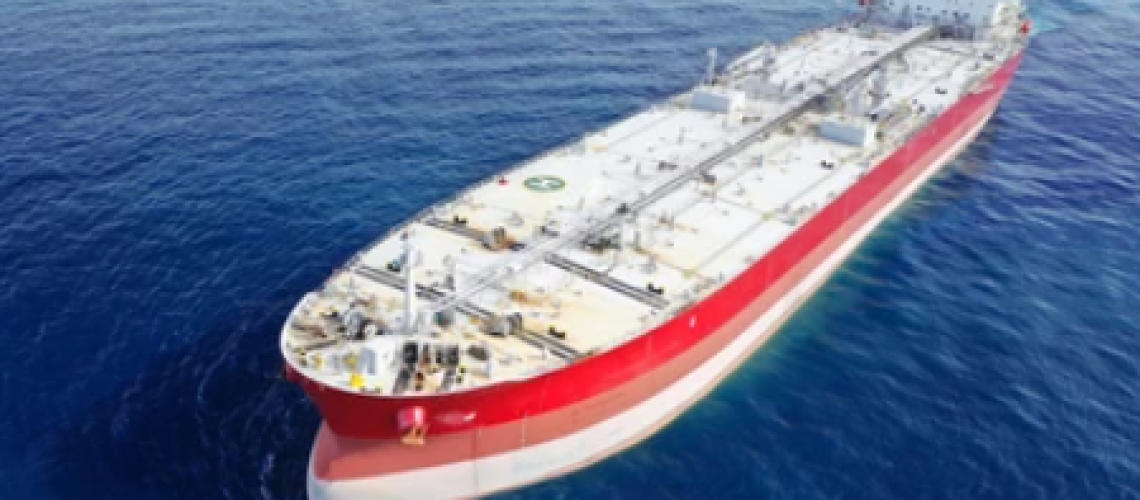Crude oil is one of the most valuable commodities in the world, and transporting it requires specialized vessels known as crude oil carriers or tankers. These massive ships are designed to transport crude oil from the point of production to refineries or storage facilities around the world.
VLCCs, Suezmax tankers, Aframax tankers, Panamax tankers, and Handysize tankers are the most common types of crude oil carriers and tankers in operation. Each of these vessels has its unique features, such as double hulls, advanced safety systems, and ballast systems that enable them to transport crude oil safely and efficiently.
The size and capacity of these vessels have evolved over the years, with VLCCs becoming larger and more sophisticated, while Handysize tankers remain small and nimble, suitable for navigating through narrow channels and harbors.
Despite their critical role in the oil industry, crude oil carriers and tankers face numerous challenges, such as piracy, collisions, and oil spills. The industry has implemented various measures to mitigate these risks, such as employing armed guards, using advanced navigation and communication systems, and developing emergency response plans.
Types of Crude Oil Carriers
There are several types of crude oil tanker ships, each designed to meet specific requirements and challenges of the global oil industry. Oil tankers are classified based on their carrying capacity in Deadweight Tons (DWT), which is the total weight of the ship (including cargo, crew, provisions, etc.) minus the weight of the ship if it were empty.
1. Very Large Crude Carrier (VLCC)
VLCCs are the largest crude oil carriers in the world, with a capacity of over 200,000 deadweight tons (DWT). These massive ships can transport up to 2 million barrels of crude oil and are typically used for long-haul routes. They are often too large to navigate through narrow channels or harbors and require specialized loading and unloading facilities.
VLCCs are equipped with double hulls for added safety, as well as advanced navigation and communication systems. They also have a high-tech ballast system that allows the ship to adjust its weight and balance as the oil is loaded or unloaded.
2. Ultra Large Crude Carrier (ULCC)
An ultra-large crude carrier (ULCC) is a type of crude oil tanker that is even larger than a very large crude carrier (VLCC). ULCCs have a capacity of over 300,000 deadweight tons (DWT) and can carry up to 4 million barrels of crude oil, making them the largest vessels in the world.
ULCCs are typically used for long-haul routes, such as transporting oil from the Persian Gulf to Asia or the United States. Due to their massive size, ULCCs require specialized loading and unloading facilities, which are often located in deep-water ports. The Ultra Large Crude Carriers have a cargo hauling capacitance range of up to 5, 00,000 tons. Know more about them here.
3. Suezmax Tankers
Suezmax tankers are slightly smaller than VLCCs, with a capacity of around 120,000 to 200,000 DWT. These ships can transport up to 1 million barrels of crude oil and are named after the maximum size that can pass through the Suez Canal.
Suezmax tankers are commonly used to transport oil from the Middle East to Europe or Asia. They are also equipped with double hulls and advanced safety systems, including emergency shutdown valves and fire suppression systems.
4. Aframax Tankers
Aframax tankers are even smaller than Suezmax tankers, with a capacity of around 80,000 to 120,000 DWT. These ships can transport up to 750,000 barrels of crude oil and are used for shorter-haul routes or for transporting oil to smaller ports that cannot accommodate larger vessels.
Aframax tankers are commonly used to transport oil from the North Sea or the Black Sea to refineries in Europe or the United States. They are also equipped with double hulls and advanced safety systems.
5. Panamax Tankers
Panamax tankers are even smaller than Aframax tankers, with a capacity of around 60,000 to 80,000 DWT. These ships can transport up to 550,000 barrels of crude oil and are used for transporting oil to smaller ports or for navigating through narrow channels or harbors.
Panamax tankers are commonly used to transport oil from South America to the United States or Europe. They are also equipped with double hulls and advanced safety systems.

6. Handysize Tankers
Handysize tankers are the smallest type of crude oil carriers, with a capacity of around 20,000 to 60,000 DWT. These ships can transport up to 400,000 barrels of crude oil and are used for transporting oil to smaller ports or for navigating through narrow channels or harbors.
Handysize tankers are commonly used to transport oil within regions such as the Mediterranean, the Caribbean, or the Baltic Sea. They are also equipped with double hulls and advanced safety systems[2].
Names of World’s Famous Crude Oil Tanker Ships
There are thousands of crude oil tanker ships in operation around the world, each with its own unique name. Here are some examples of crude oil tanker ship names:
- TI Europe
- Knock Nevis
- Seawise Giant
- Jahre Viking
- Mont
- Hellespont Alhambra
- Knock Adoon
- Batillus
- AbQaiq
- Prelude FLNG
These are just a few examples of crude oil tanker ship names, and there are many more in operation around the world. The names of these ships often reflect their size, purpose, or ownership, and they are an important part of the global oil industry’s history and culture.






1 thought on “Types of Crude Oil Tankers”
He who controls oil controls America.